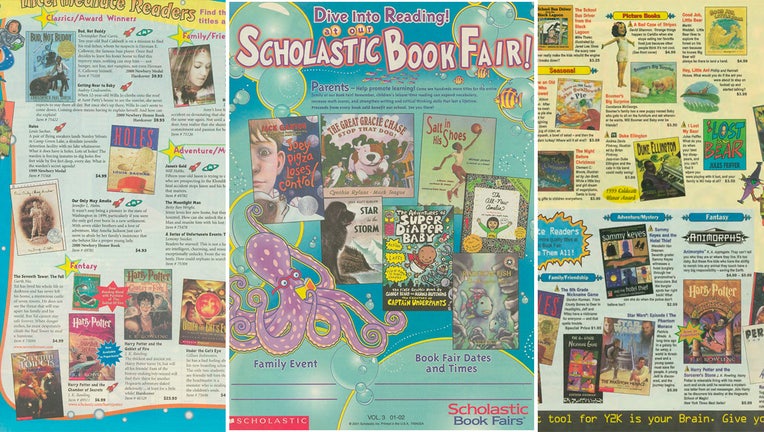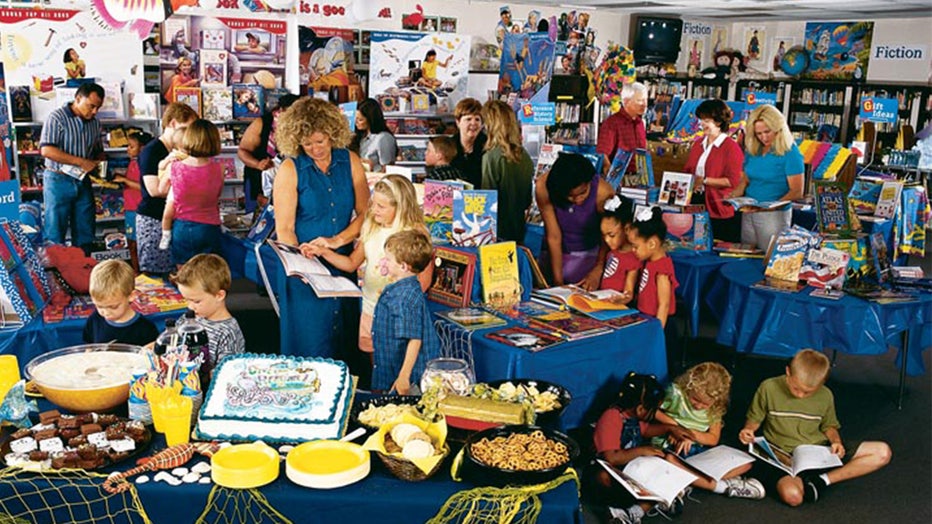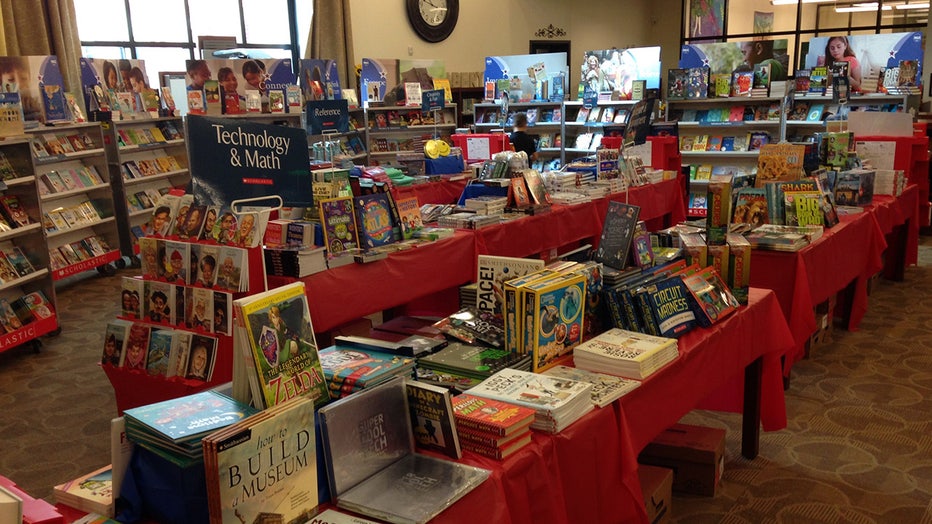From 'Goosebumps' to 'Captain Underpants': The story and nostalgia behind the Scholastic Book Fair

FILE - Book flyers from 1999, 2000 and 2001. (Scholastic)
LOS ANGELES - Can you feel the nostalgia of excitement brewing in your belly?
Once you walked through those school doors and saw the shelves filled with new books erected in the library of your elementary school, you knew it was going to be a great week.
From "Goosebumps," "The Adventures of Captain Underpants," and "The Magic School Bus," the book fair was a glorious time to get excited about books and reading, and for some students, an excuse to get out of class for a short reprieve.
The Scholastic book fair
Though the idea of a book fair was not the brainchild of Scholastic, they certainly popularized it in recent history.
Dig deeper:
After purchasing a California book fair business in 1982, Scholastic launched its first in-school book fair.
From there, series such as "The Baby-sitters Club" took off and the introduction of some iconic 90s book series such as "I SPY," "Animorphs," and "Captain Underpants" were given a platform to become fan favorites.

Scholastic Book Fair event from 2002. (Scholastic)
Book fairs also helped to popularize huge series franchises among young readers, such as "Harry Potter" and "Hunger Games."
What they're saying:
"Many of these became household names in part because they were discovered and shared widely through book fairs. We also helped popular formats, like books paired with fun activity kits and graphic novels, which are consistently a hit with kids," Scholastic told FOX.
The grip book fairs had on students during the 80s, 90s and 2000s was so evident that even today, Scholastic has an entire category on their website called "Nostalgic Titles & Series."
"The real magic alchemy of the Book Fair is how it blends joy, choice, access, and community into one unforgettable experience. It’s sensory, social, and empowering with kids discovering books they love, surrounded by friends and encouragement from their family and teachers. It turns reading into something personal and joyful—and that’s what makes it stick," Sasha Quinton, president of Children’s Book Groups, said.
Book fairs today

FILE - A 2014 book fair event. (Scholastic)
While it feels the memories of magical book fairs are in the past for those Millennials and Gen Z babies, they are still taking place today.
By the numbers:
Currently, Scholastic Book Fairs host more than 120,000 events in partnership with schools across the country, according to the Scholastic website.
Importance of book fairs
Apart from being fun, book fairs serve an important role.
Big picture view:
"Research shows students read more, understand more, and are more likely to keep reading when they choose what they read," Scholastic said.
Book fairs give kids a chance to pick out books in a fun, sensory-rich environment.
These events also close the gap for communities that have limited access to books.
"Nearly half of U.S. students live in book deserts, without access to libraries, bookstores, or books at home," Scholastic said.
Book fairs also serve as an important source of funding for many schools.
Each year, schools raise over $240 million through Scholastic Book Fairs. These funds go toward replenishing classrooms and libraries. Additionally, Scholastic’s Sponsored Fairs deliver more than a million free books annually to schools with limited resources.
"In the last decade alone, Book Fairs have helped raise more than $2 billion for America’s schools," Scholastic said.
The Source: Information for this article was taken from the Scholastic website and emails from Scholastic Book Fairs. This story was reported from Los Angeles.

